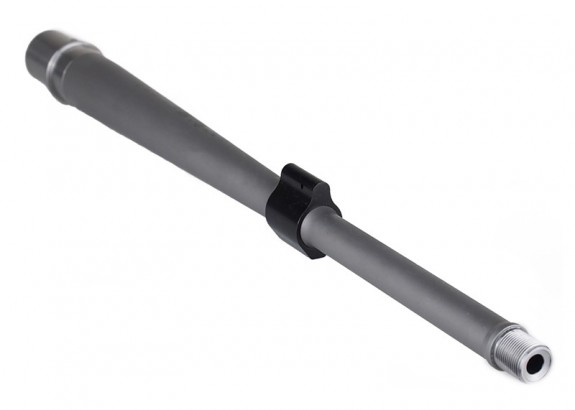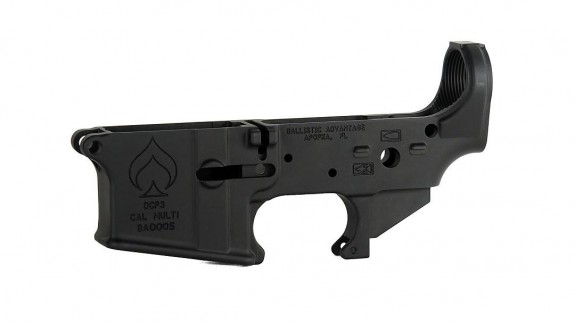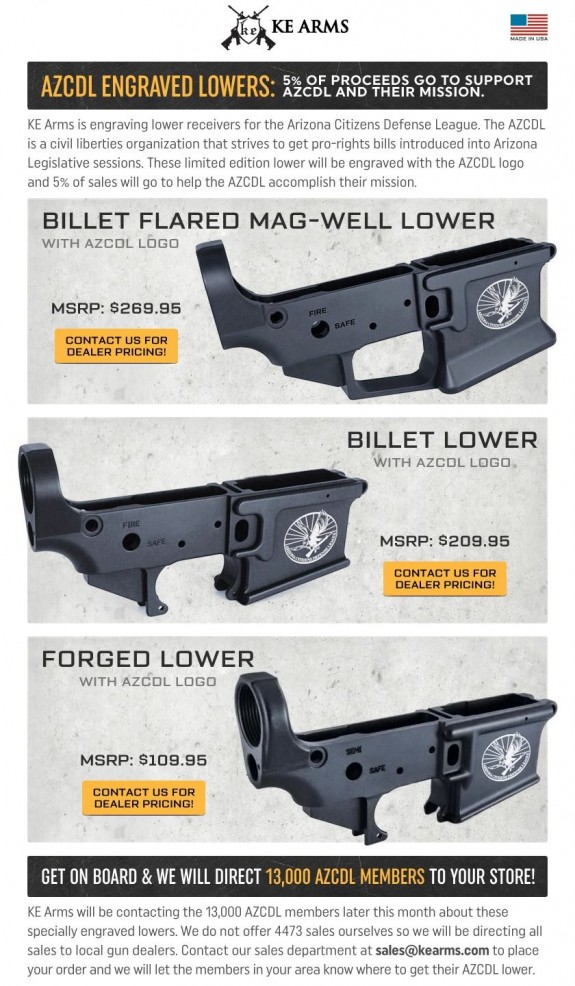This is a followup to my recent post regarding why super short barreled AR-15s chambered in 5.56x45mm are more viable than they used to be thanks to various advancements in projectile design, flash suppressor technology, and more. The article was never intended to say they were the best choice. In fact, I clearly state that other calibers are more efficient in such short barrels but, as usual… the internet overreacted.
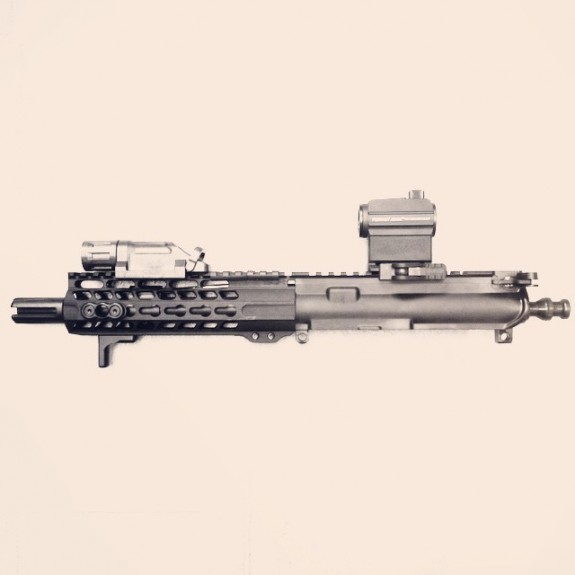
One of the more common comments was a variation on the theme of the 5.56 being roughly on par with or only slightly better than a .22LR at the modest velocities produced by 7.5″ barrels. That is the kind of gun counter dogma that makes some sense on its surface because you are giving up some velocity by using such a short barrel and that is not good news for terminal performance. However, this statement just doesn’t hold up with even a cursory examination of the data.
Let’s compare a high velocity .22LR with some 5.56/223 rounds that have shown to be solid performers in shorter barrels. We can compare mass in grains, velocity in feet per second, and energy in foot pounds.
CCI Stinger .22LR
- Mass: 32 gr
- Velocity: 1640 fps
- Energy: 191 ft.lbf
Hornady TAP 5.56 55gr GMX
- Mass: 55 gr
- Velocity: 2340 fps
- Energy: 669 ft.lbf
Winchester Ranger 64 gr 5.56 (RA556B)
- Mass: 64 gr
- Velocity: 2210 fps
- Energy: 694 ft.lbf
Speer Gold Dot 64 gr 5.56
- Mass: 64 gr
- Velocity: 1930 fps
- Energy: 529 ft.lbf
Remington Hog Hammer 62gr TSX
- Mass: 62 gr
- Velocity: 2090 fps
- Energy: 601 ft.lbf
Much of the velocity data came from the poboyspecial Youtube channel.
The data represents just a few of the rounds that perform well from such short barrels. It doesn’t even include a 50 gr TSX load which is considered the gold standard of performance from such short barrels. As you can see, all of the loads sampled here are significantly faster and heavier than 22LR which adds up to significantly more energy. What you can’t see is that all of them exhibit expansion and penetrate well beyond the FBI minimum.
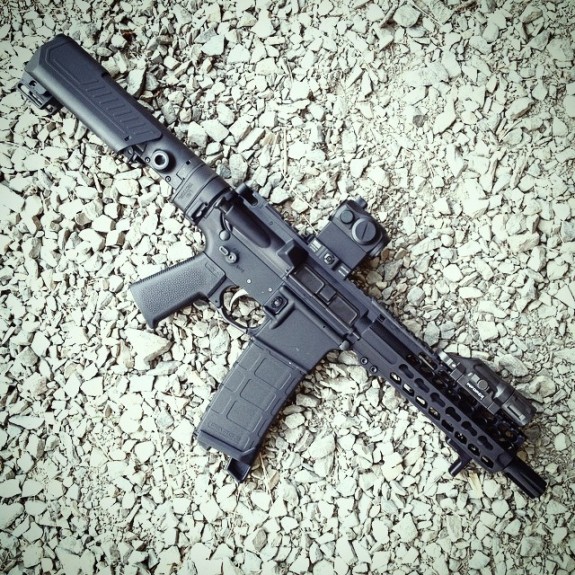
The data shows that, in terms of energy, a well selected .223 or 5.56 round out of a 7.5″ barrel outperforms many .45 ACP and .357 Magnum loads at typical handgun velocities. That really isn’t all that impressive considering that those are handgun loads but it does shows adequate performance for the very limited role you might use such a barrel/ammo combination. When used in a PDW type role, you get a weapon that has extended capacity and usable range beyond a typical handgun, along with fringe benefits likes increased accuracy and ease of accessory mounting (white lights, optics, etc.).
I think it is clear that you the 5.56/.223 is hardly ideal out of such short barrels but to say it is comparable to a .22LR is ridiculous. Choosing a compact package for a specific role is a compromise. You make a similar compromise every time you carry a handgun instead of a rifle. Context is the key.

